When Rob Gross stands at the front of an Introduction to Physics class, nobody in the sea of faces asks questions.
That is, until he starts showing the photos he has taken with a 60mm telescope and his Explore Scientific GoTo tracker mount.

“They never ask questions or talk in class, but when I show my pictures, they ask questions, a lot of questions,” Gross says. “The students have no idea they can do this, they think I have a huge scope. I tell them, ‘No, I have a very small scope.’ They are amazed.”
Gross, who teaches at Florida Atlantic University, where he earned his PhD in astrophysics, fits the mold of many adults who take up astronomy in mid-life.

“I had a cheap, maybe $50, scope when I was 10. It was good for the Moon,” he says. “That got old pretty fast.”
It would be decades before that seed of astronomy germinated.
When Covid struck in 2020, like everyone else, he had time on his hands — which he filled online.
“I live in south Florida, in a condo. I thought that I could not do astrophotography due to light pollution,” he explains. During his online wandering, he stumbled upon someone doing astrophotography in high light pollution.
“That opened my eyes that I could do it,” he says.

His first steps in astrophotography were in planetary imaging. Using a 6-inch Schmidt-Cassegrain and the DSLR he owned, he started taking photos.
“I did some, kind of cool photos, but I was wondering about doing other things,” he says. “I got a big mount with a reflector, that came out OK, but not that great.”
Further reading got him interested in deep-sky objects – DSOs.
“I was on Cloudy Nights looking for advice. Someone said to take a tripod and DSLR and see what happens,” he says. He did exactly that, in November of 2020, in Bortle 9 south Florida, in a condo courtyard with flood lights all around.
“Thats how I started, I guess that’s how a lot of people start.”
His photos came out OK, as he puts it. “I was, ‘OK, yeah,’ but I want to do better than that.”

Research led him to the idea of a small, portable mount that is more robust than a star tracker – the iEXOS-100 GoTo tracker mount from Explore Scientific.
He started using the mount with his DSRL and a 150 mm to 600mm zoom lens.
“To polar align, I’d use a compass and get it pointing north as best I could, then I’d take a 30 second exposure and see what way the trails went,” he explains. “I’d move the mount and take another picture until I got aligned.
“It was not that great, the pictures weren’t great, the camera and lens were not that great, I didn’t have a PC to run a polar alignment routine. Not getting the same alignment multiple nights made it hard – all bad. My processing, had to learn that. Hard.”
To point the telescope at his target he manually plate solved – sort of. He did it by taking a photo of the LCD screen on the DSRL, loading it into nova.astrometry.net, then seeing what the website showed where the telescope was pointed. He then moved the telescope and performed the photo/load routine again. Until he was on the target.
That’s how he operated for a year, until he got a mini PC and started using Nina, which has an automatic plate-solving routine.
“The quality of data improved a lot,” he says. This meant that his photos quickly got better, too.

Life got busy in late 2021, and he took about a year off. When he got back into astrophotography in late 2022, he purchased an AT60ED telescope, a Player One Saturn camera, and an Antilla triband filter.
While he tried his hand at autoguiding back in his DSRL days, he currently does not guide.
A good polar alignment and 30-second exposures is his routine.
“I argue with people that 30 seconds is better than longer exposures. For me, a cloud comes by, I’ve now got a ruined five-minute exposure,” he says. While shorter exposures don’t capture fine detail, improvements in software make the programs much better at extracting details.

Using the denoise function in the program GraXpert 3.0 makes a big difference, especially if used early in the manipulation process.
Three years in, his astrophotography journey is going strong. At some point he may upgrade to a larger mount, but the iEXOS-100 will remain in his arsenal, because it’s portable and works well.
“I live in the worst possible place to take (astronomy) pictures, but they come out pretty OK,” he says, clearly being humble about his work.
He likes the results, and he likes the computer processing that leads to those results. He likens it to darkroom processing of film and making prints, something he did back a few decades ago.
“That’s when you had to wait for the results, process the film for yourself, and make prints, it was enjoyable,” he explains.

He does not have a favorite target, he says, pausing to mull over the question. “Anything I can get to come out decent, M42, the Lagoon Nebula, Trifid Nebula, things like that.”
Back in the classroom, he certainly surprises his students with the photos he terms “pretty OK.” Those “pretty OK” photos turn silent students into animated, curious people.
And maybe some of those students one day will get bitten by the bug, and they will start their own astrophotography journey. It will not be Rob Gross’ journey, but it will most certainly be inspired by his love of astrophotography.

•••
All astrophotographs in this blog post were taken by Rob Gross under Bortle 8/9 skies. The processing workflow for all images, which are fully calibrated, was GraXpert, Siril, Astrosharp, and Affinity. The optical setup includes the iEXOS-100 Mount, Saturn PlayerOne, AT60ED with a flattener at 288mm and an Antila Triband filter.
The integration times are listed below:
Swan Nebula – 6 hours
M42 (Orion Nebula): 5.6 hours
Lagoon and Trifid Nebulae: 5 hours
Veil Nebula: 9 hours
Needle Nebula: 3.8 hours
Markarian’s Chain: 6 hours
California Nebula: 4.3 hours
Crab Nebula: 2.2 hours


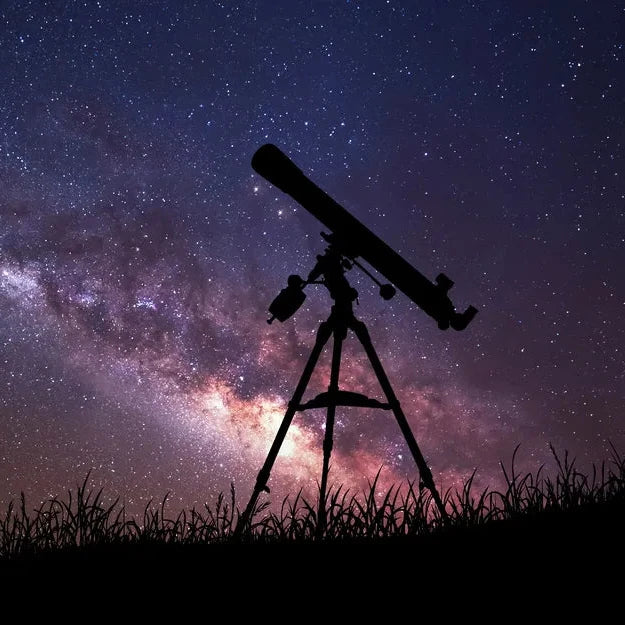


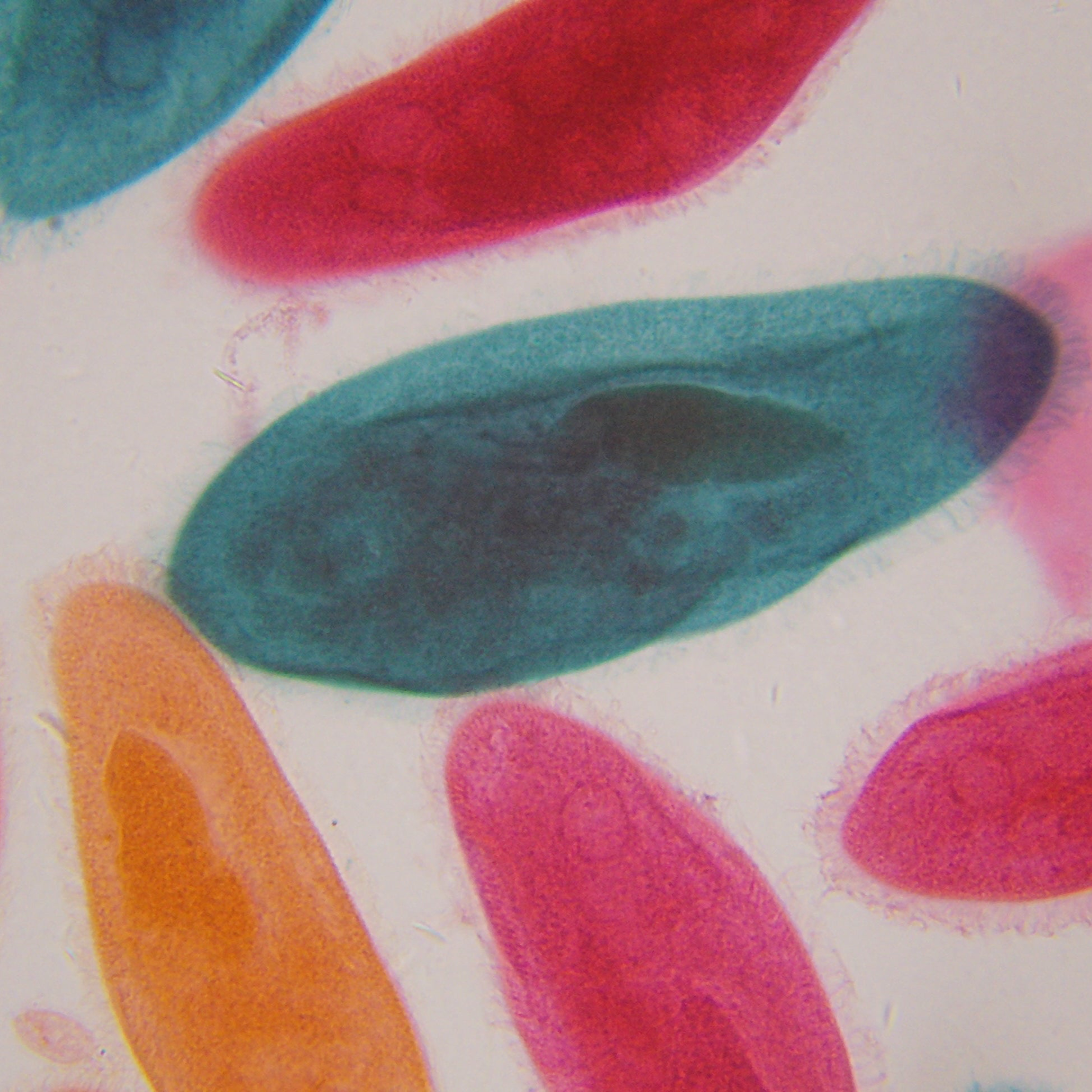
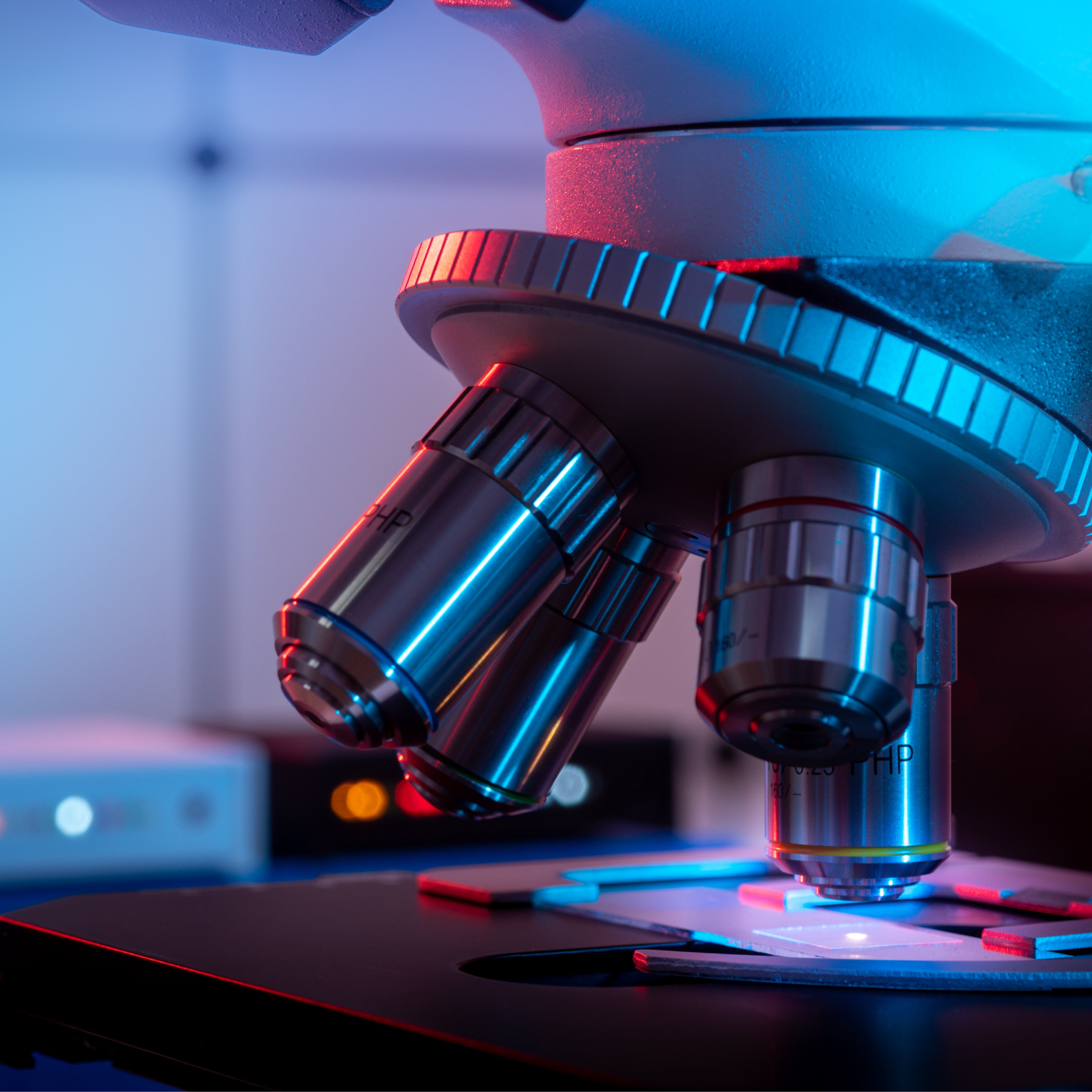
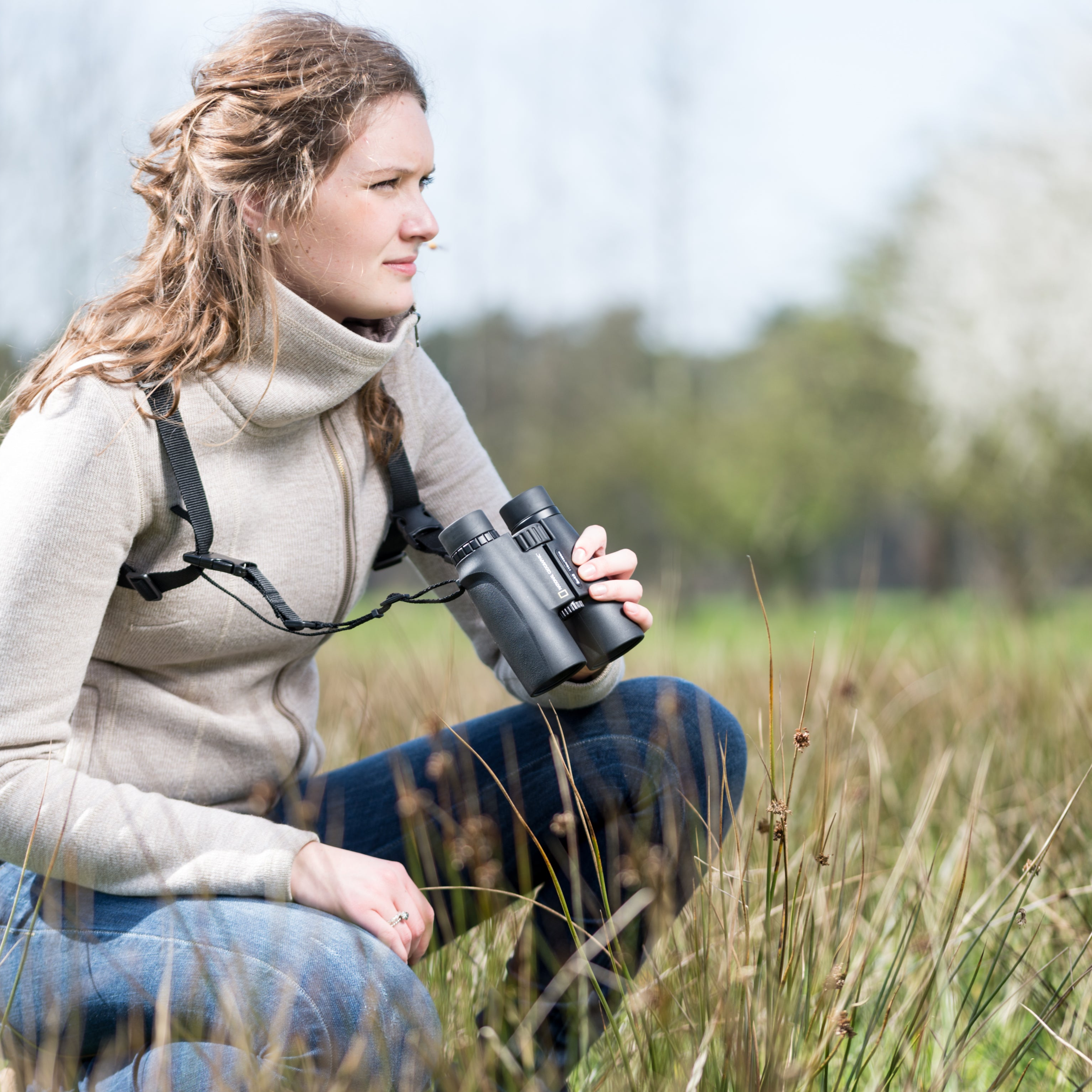
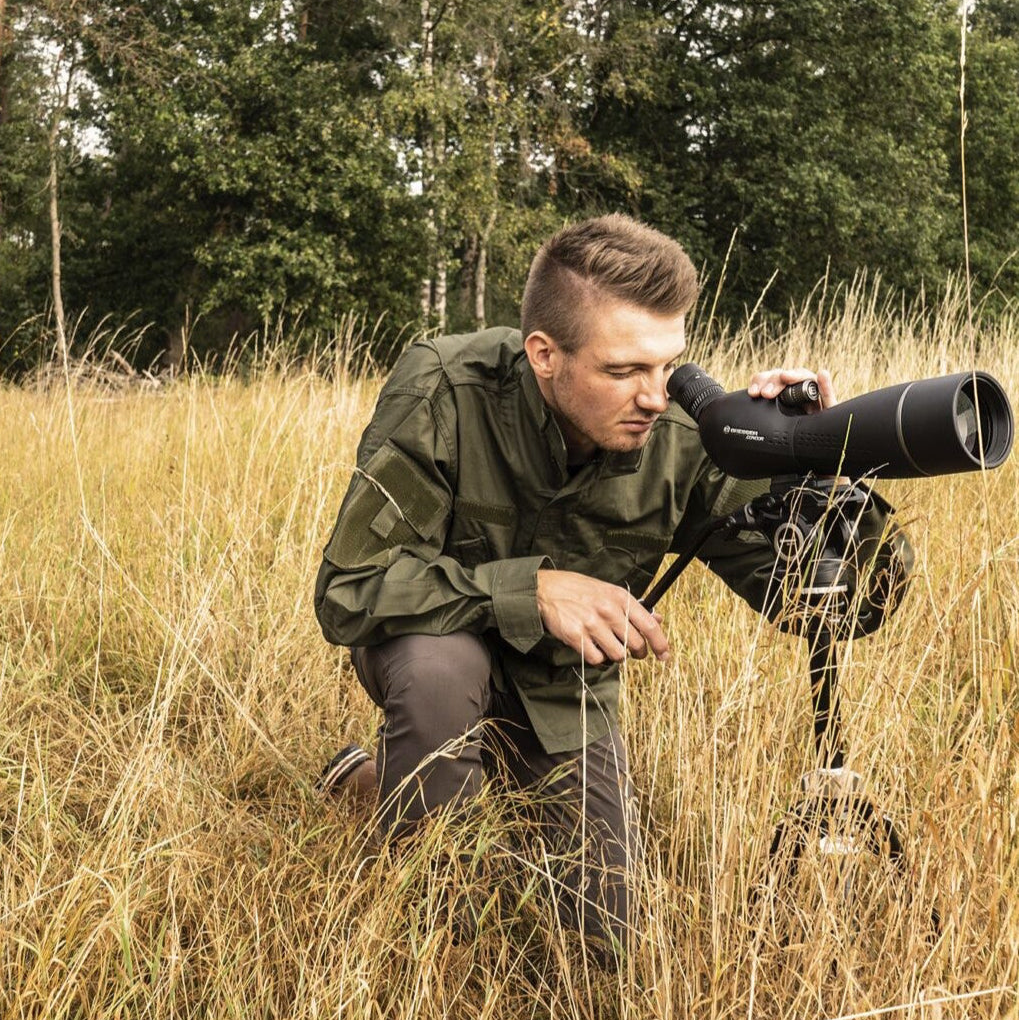
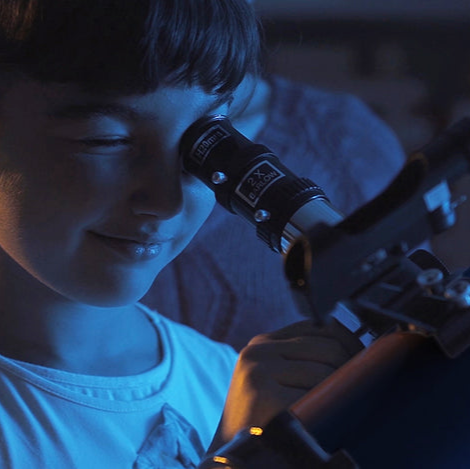

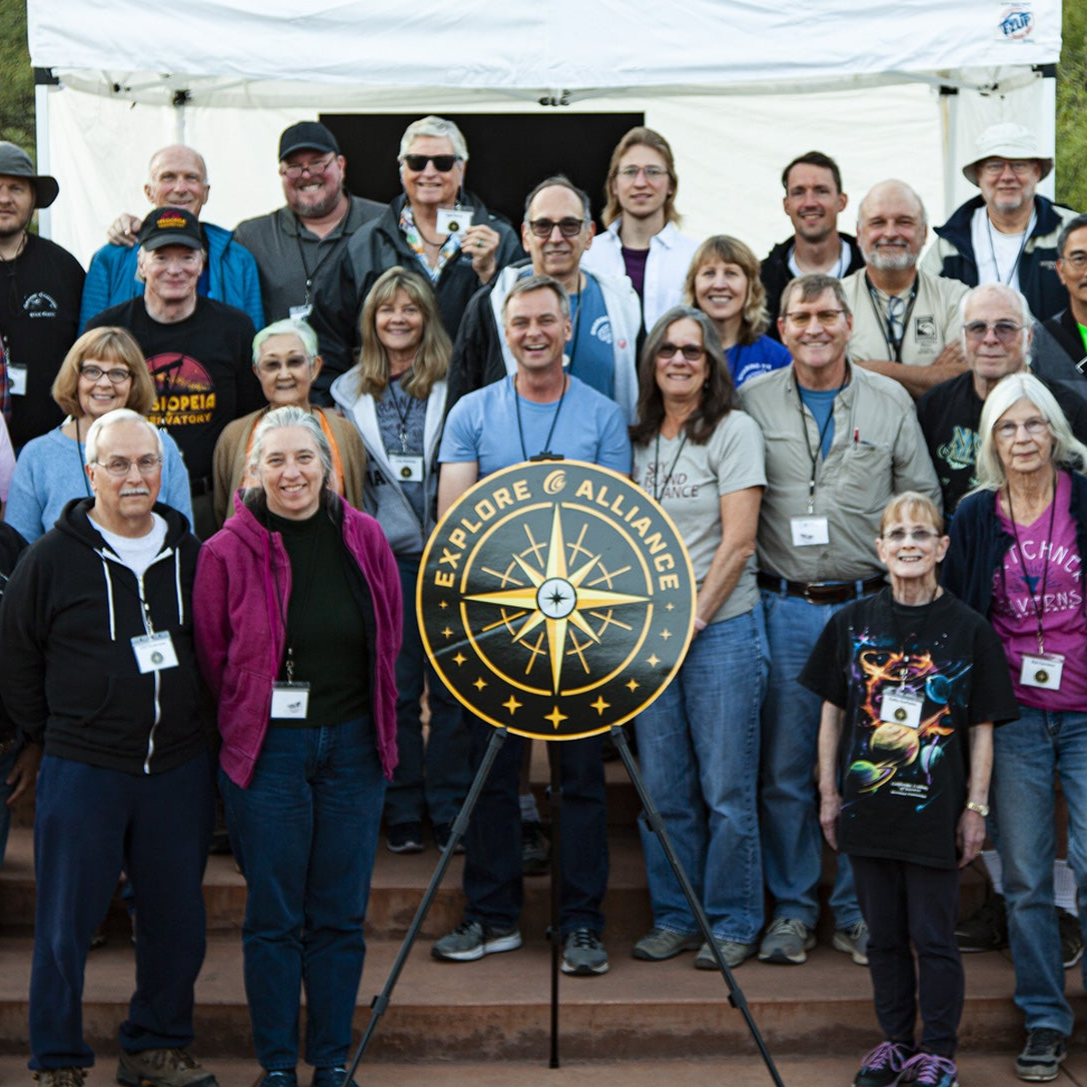
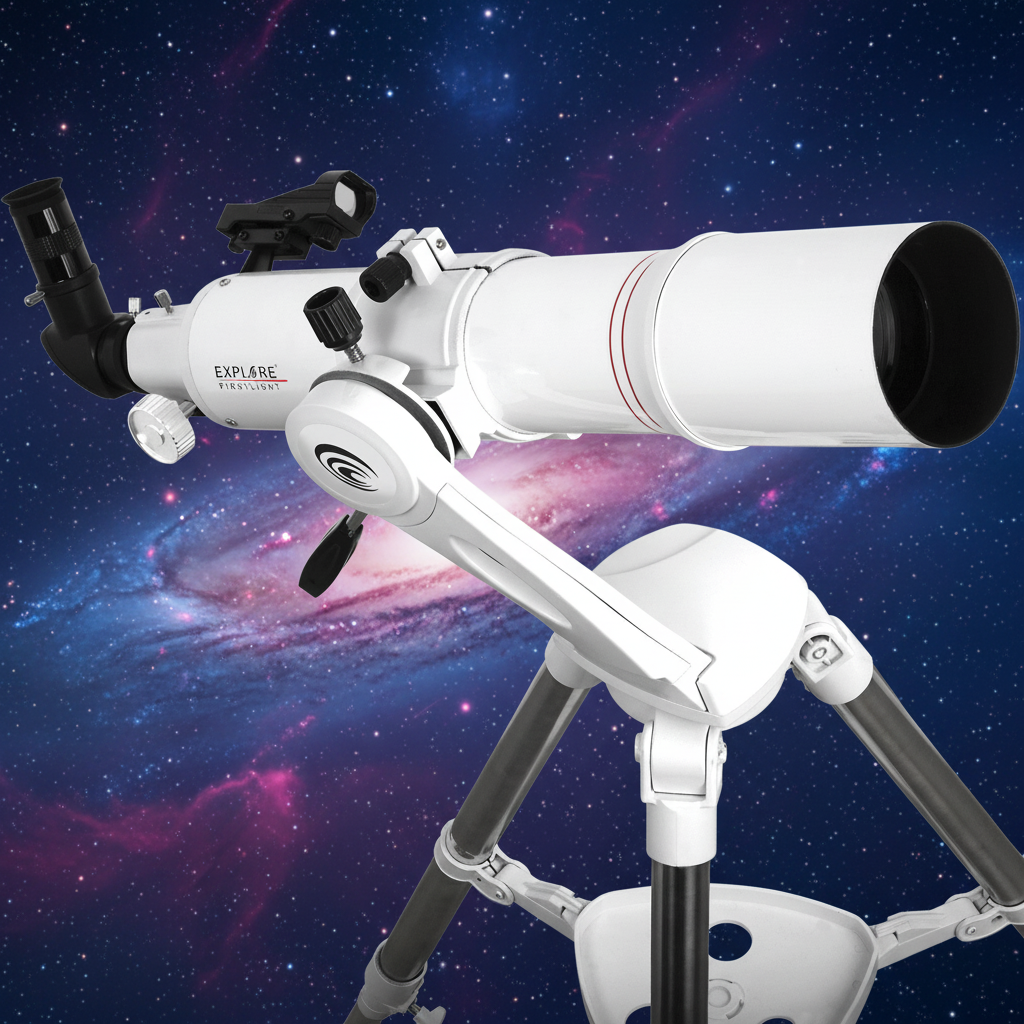
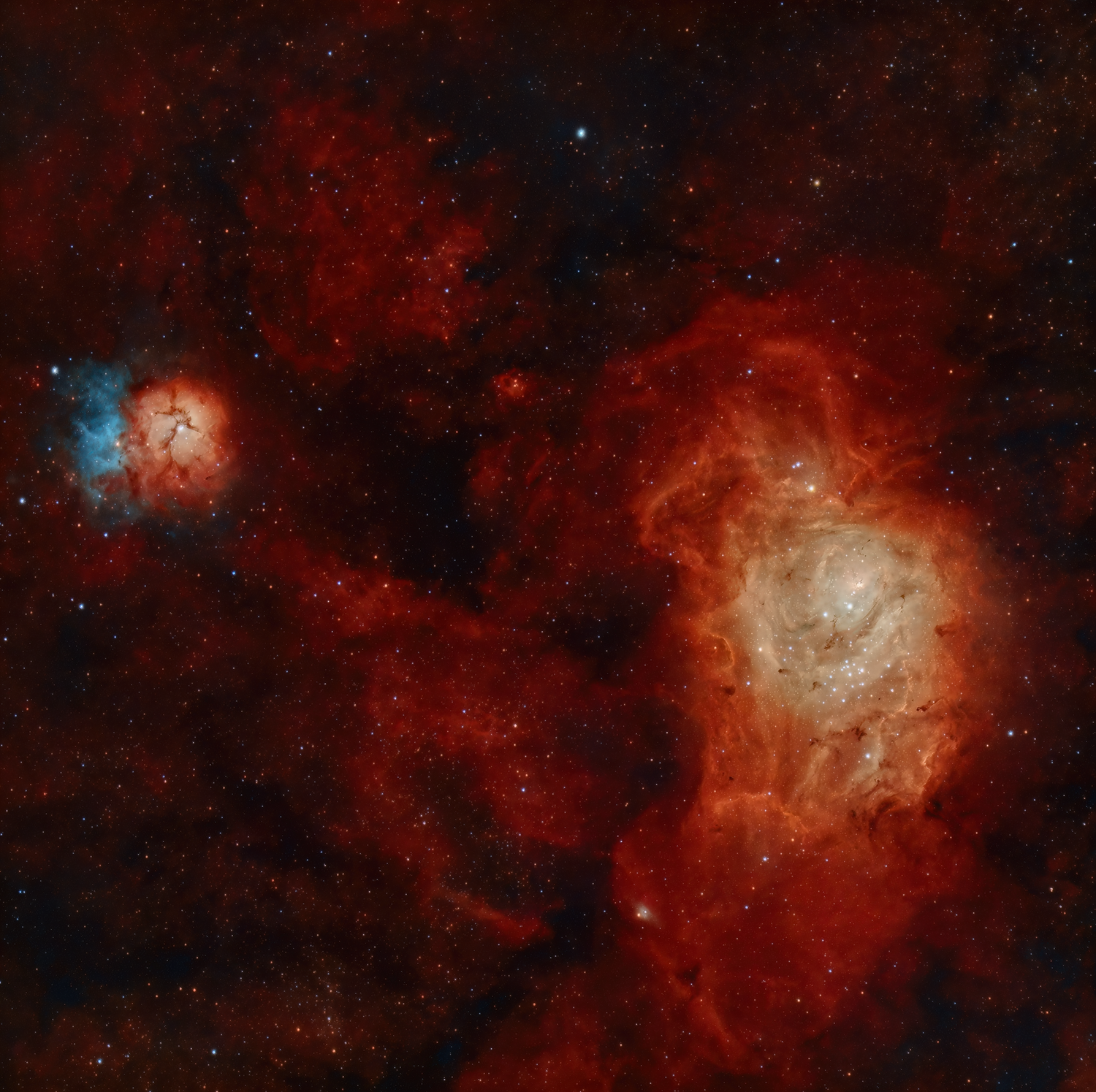

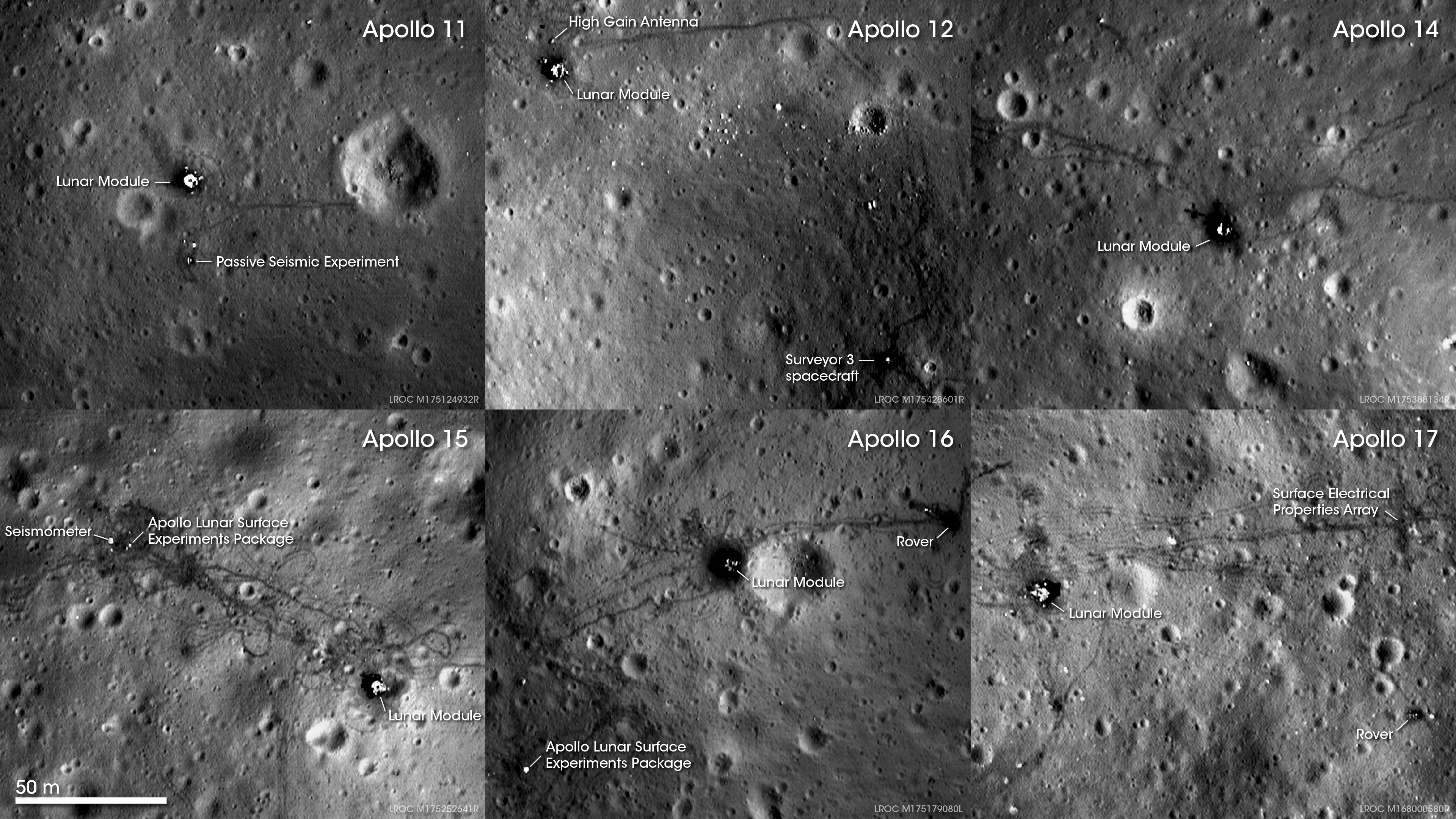
1 comment
Velibor
Very nice story and cool pictures. Didn’t know one can take such a detailed photos from the backyard, let alone light-polluted backyard. Kudos!
Leave a comment
All comments are moderated before being published.
This site is protected by hCaptcha and the hCaptcha Privacy Policy and Terms of Service apply.